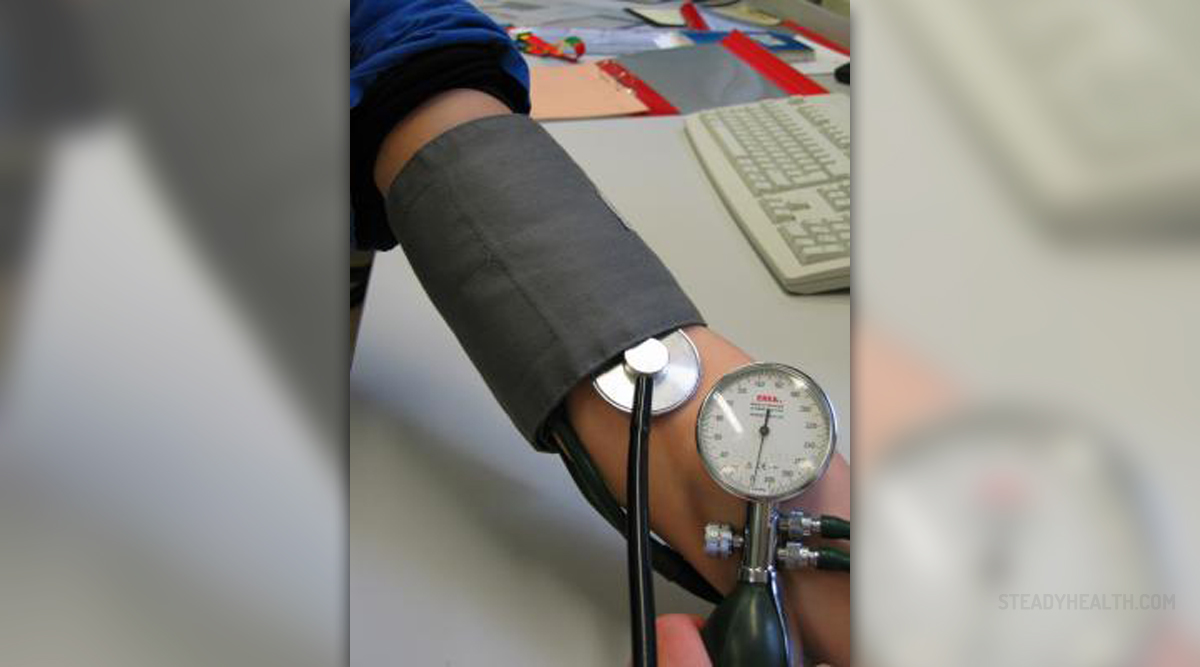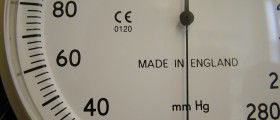
Blood pressure can be defined as the pressure exerted by circulating blood upon the walls of blood vessels. Blood pressure varies during each heartbeat and reaches its maximum which is known as systolic blood pressure and its minimum which is known as diastolic pressure. Normal range of systolic blood pressure is between 110 and 130 mmHg and for diastolic blood pressure it accounts for 75-85 mmHg.
People may experience an increase or decrease in blood pressure and this fluctuation is either a consequence of normal physiological reactions or it is considered pathological. Similar to hypotension which is classified as pathological, hypertension is much more serious condition which leads to damage of the blood vessels and generally carries a significant risk of potentially lethal conditions such as stroke or heart attack.
Causes of Blood Pressure Fluctuations
It is normal if the blood pressure fluctuates between 25-30% in a day. This is no reason to worry. This fluctuation can be easily explained with metabolic functions and the activities one performs. Blood pressure fluctuation can be also connected to poor circulation of the blood. Fluctuation of blood pressure is typical for any kind of physical activity (running, jogging, etc). Even dietary changes and sleeping patterns may interfere and cause fluctuation of blood pressure.
As it has already been mentioned blood pressure can either increase or drop. Elevation of blood pressure may occur due to hormonal problems (hyperthyroidism or adrenal disorders), heart or kidney disorders. High blood pressure may be induced by smoking, obesity, excess of salt in one's diet, stress and lack of physical activity.
On the other hand, a drop in blood pressure most commonly occurs if one is dehydrated or in cases of mild or even severe bleeding. The loss of blood reduces the total amount of the blood in blood vessels and subsequently leads to a drop in blood pressure. Low blood pressure can be additionally connected with certain heart conditions and the intake of specific medications.
Presentation of Fluctuating Blood Pressure
If fluctuation in blood pressure is not significant there are no symptoms and signs. However, in case the pressure significantly changes within a short period of time one can experience a whole variety of symptoms. For example, there may be headache, restlessness, dizziness, vertigo etc.
In case fluctuation is significant the person must consult a doctor. This way the underlying cause can be identified and a person can be prescribed proper treatment.

















Your thoughts on this
Loading...